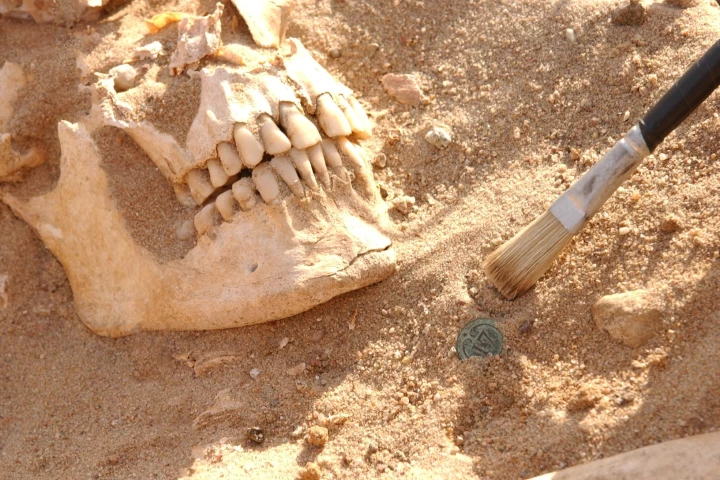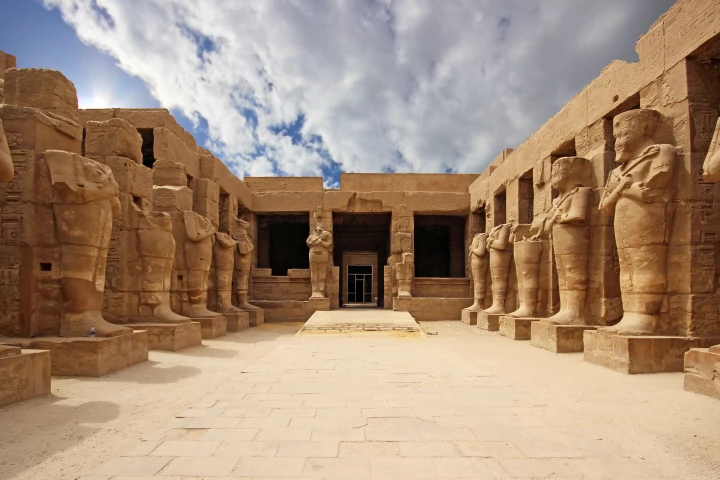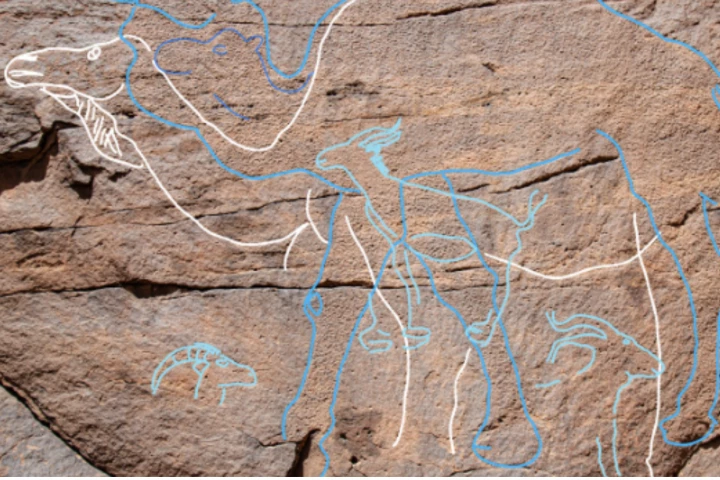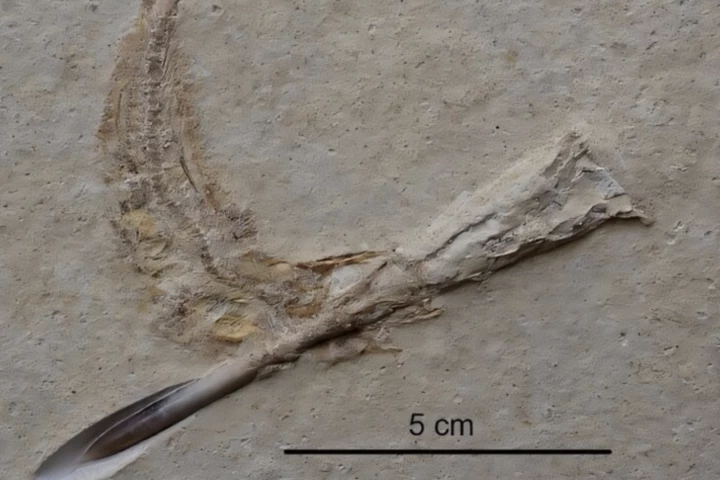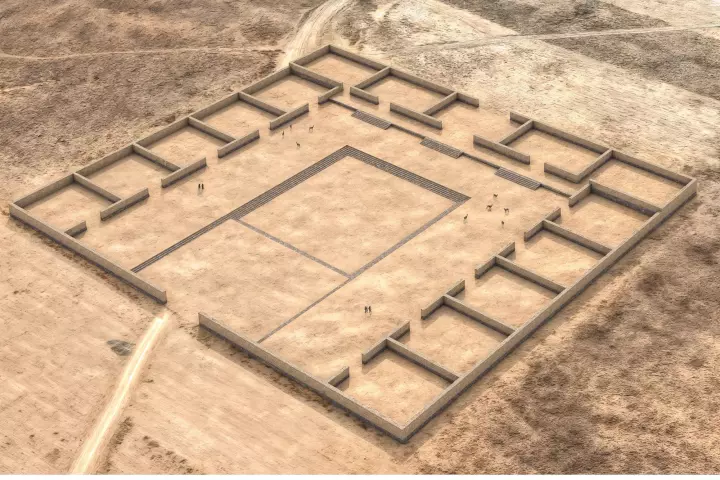Archeology
-
New evidence shows that Neanderthals, early Homo sapiens and even earlier hominins were using, processing and eating starches, grass seeds, nuts, fruits, sedges and tubers long before the supposed "Broad Spectrum Revolution" diet shift took place.
-
For a long time, archaeologists believed large buildings required large bosses. It was simple: only societies with strong hierarchies (kings and slaves) could organize massive construction projects. But a new discovery in the Maya region is rewriting that story.
-
One of the first events to signal the collapse of Napoleon's reign was his crushing defeat after an invasion of Russia in 1812. Researchers have long thought that the disease typhus played a role, but modern DNA analysis paints a different picture.
-
There is still great mystery surrounding the early beginnings of the Karnak temple. When did people first begin to settle in this area? How did the Nile river have an impact on this sacred location? New research is finally providing some answers.
-
Lead poisoning isn’t just an industrial-age problem. A new study reveals our ancestors, including Neanderthals, were exposed to lead for millions of years, shaping how their brains evolved and overturning what scientists thought about our toxic history.
-
Sequencing mammoth DNA has already helped scientists map out how these Ice Age giants evolved, migrated, and survived. But there's a hidden layer of history still waiting to be decoded – the microbes that lived inside them.
-
Large rock-face murals scattered across the desert represent one of the most ambitious – and perilous – creative feats of ancient humans, with researchers arguing the massive carvings acted as visual beacons, guiding people to crucial water sources.
-
Traces of a psychoactive compound has been found in the dental plaque of a woman buried 4,000 years ago, making it the earliest direct chemical evidence of humans chewing betel nut – the world's fourth biggest drug, after tobacco, caffeine and alcohol.
-
Millenia ago communities went to great lengths to hunt wild boars, and not just for survival. Archaeologists recently uncovered 19 wild boar skulls. The skulls bore butchery marks, hinting at a feast; however, the real mystery was their origin.
-
The first known cases of accidental choking have been discovered, dating back 150 million years, when some ambitious fish got more than they bargained for while picking off algae from squid-like carcasses. It's history's oldest mealtime misadventure.
-
Paleoanthropologists are fascinated by ancient diets; they hold clues to how early humans survived and evolved. A new study reveals Neanderthals were using complex, time-consuming cooking techniques tens of thousands of years earlier than we thought.
-
Long before the Inka ruled the Andes, the Tiwanaku civilization carved out one of the region’s earliest and most influential societies. Then, about a thousand years ago, it vanished, leaving behind stone ruins and swirling mysteries.
Load More


